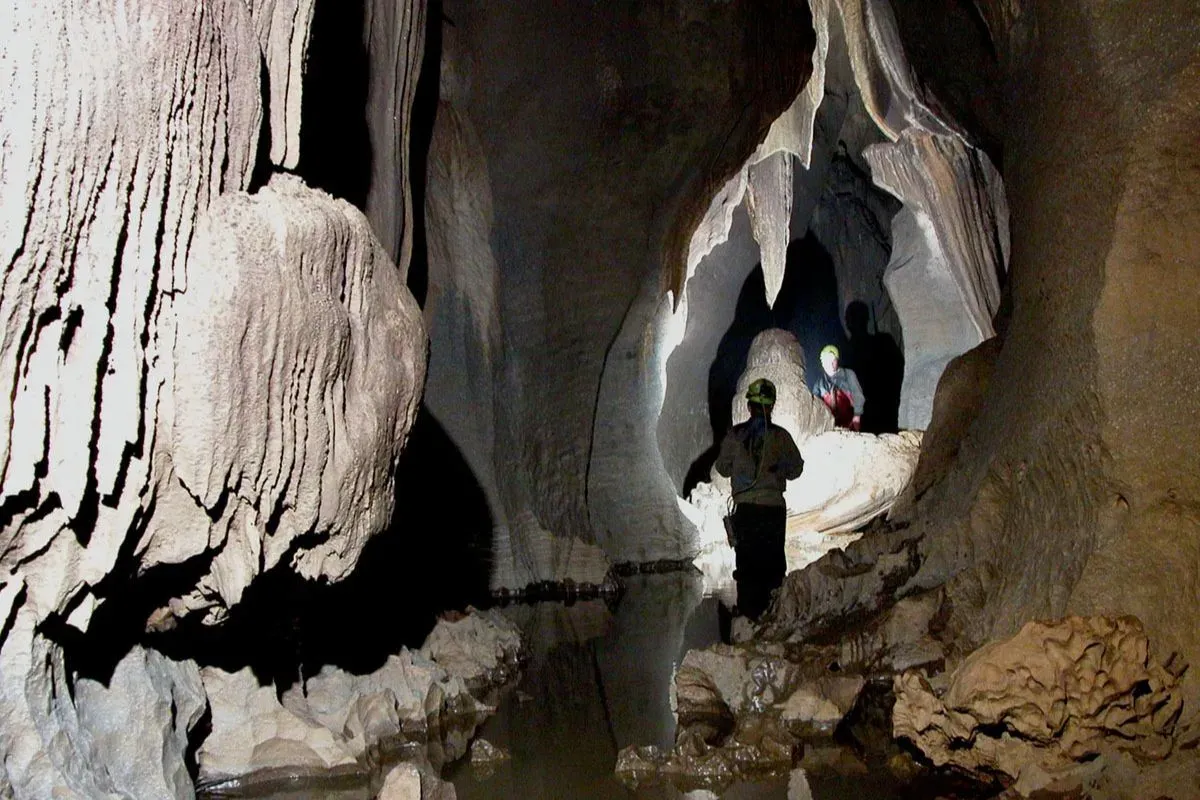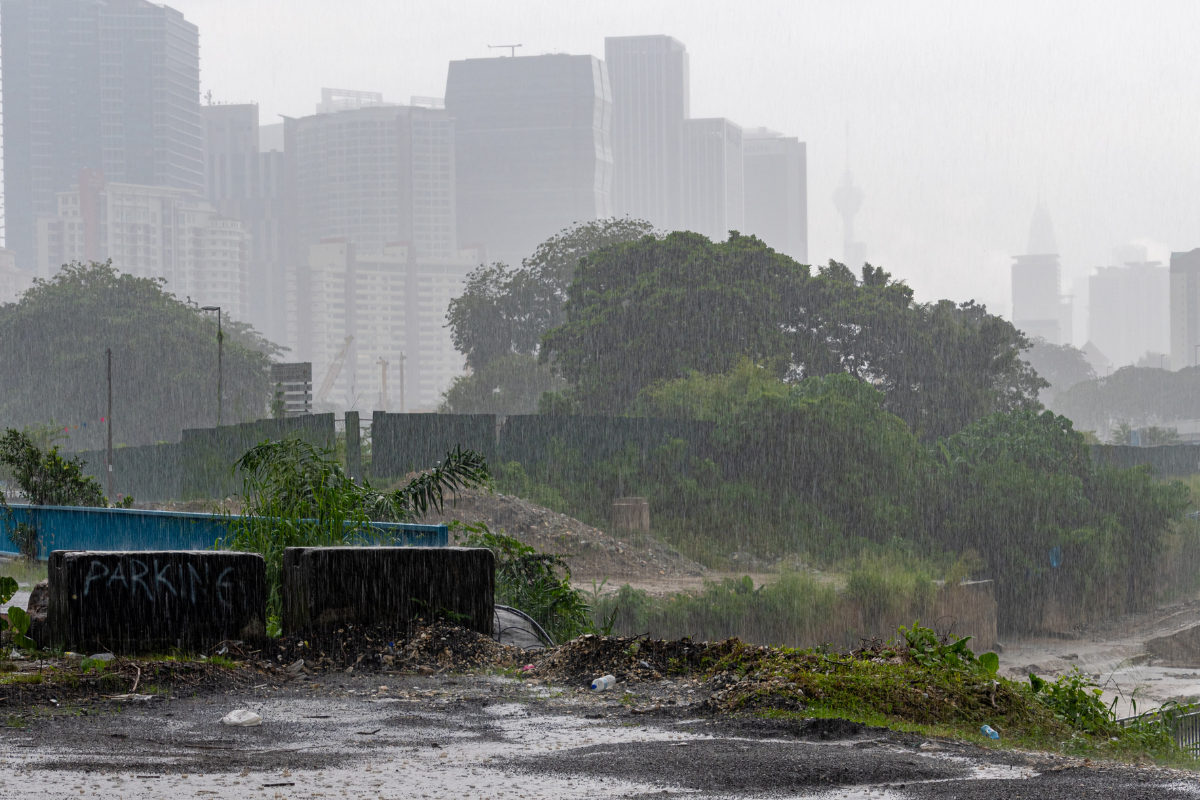Tucked away in the misty mountains, Meghalaya holds a special allure because of its mysterious caves. Some of these caves have been carefully studied and mapped, unveiling a massive sandstone cave system that has formed over 70 million years. However, there are worries among environmentalists about protecting this precious heritage. The lack of a strong government plan to safeguard areas. This puts the long-term survival of these underground ecosystems at risk, not just from illegal mining but also from the growing impacts of climate change.
According to the report by journalist Meenakshi J for the South China Morning Post, the Khasi, Garo, and Jaintia tribes, who protect these natural treasures, have a strong tradition of caring for the environment, which they pass down through their families. Leveraging their deep knowledge, they have also successfully developed a tourism industry that showcases the beauty and importance of their caves to visitors.
Meghalaya’s mysterious caves face threats
“We currently have around 1,700 caves in Meghalaya, and more than 1,000 of them have been explored. Our team has already mapped an impressive 491 kilometers of cave passages, which is remarkable for a small state like Meghalaya,” stated Brian Kharpran Daly, a founding member of the Meghalaya Adventurers’ Association (MAA).
Meghalaya has the highest density of cave systems in the country, and several factors contribute to their formation: top-grade limestone, abundant precipitation, elevated terrain, and a humid climate.
Meghalaya has many amazing underground ecosystems, like Krem Puri, the longest sandstone cave globally, and Krem Um Ladaw, which has the deepest shaft of any cave worldwide.
“Not all caves explored should be open to tourists. Most of these caves have great intrinsic value and have to be protected and conserved. Unfortunately, because of the economic potential of cave tourism, villages fight with each other to lay claim over the cave systems,” Kharpan says.

Jessica L. Oster, an associate professor at Vanderbilt University, and her team discovered a link between rainfall in Meghalaya and climate patterns in the central tropical Pacific by studying stalagmites. The stalagmites they analyzed from Mawmluh Cave span from 1964 to 2013. Oster emphasizes the significance of this detailed record, stating, “Such a young and detailed record is rare.”
She further explains, “These findings show how the global climate system is interconnected. They offer valuable insights into understanding and predicting rainfall changes in Northeast India based on climate conditions elsewhere in the world.”
Climate concerns
The caves have endured extreme weather over time, but human-caused climate change now poses a grave threat to their survival. Climate experts at Guwahati’s Cotton University predict that rising greenhouse gas emissions will shorten the northeast rainy season by five days and lead to more frequent extreme rainfall. These changes affect various aspects like drinking water, river flow, soil moisture, groundwater levels, and ecosystems.
According to Oster, heavy rainfall can flood cave systems, carrying pollutants like fertilizers, chemicals, and microplastics that harm cave-dwelling organisms. She mentions, “We are investigating microplastic occurrences in cave environments and have found evidence of microplastics in these systems.”
Studies indicate that rapid global warming is disrupting cave ecosystems despite their isolation. Cave environments are usually stable in temperature, closely mirroring outside conditions. Any slight changes can have significant impacts on these delicate ecosystems.
Kharpan, the speleologist, warns against industrial activities like limestone and coal mining, which not only damage cave structures but also pollute ecosystems and lead to species extinction. He expresses disappointment, saying, “If ever Krem Mawmluh housed cave fauna, they would likely have been wiped out… any life found in the cave today is not of a troglobitic nature.”
The discovery and mapping of a cave don’t automatically guarantee its protection as a heritage site. According to Shalini Iyengar, an environmental lawyer from Bengaluru, the responsibility for protecting such sites lies with both the state and the Centre in India. This complexity arises because national laws apply only to areas of national importance, while states can enact their own laws to designate areas for protection.
Iyengar stressed the importance of identifying responsible caretakers for these sites. Citizens can ask authorities to protect an area. Constitutional principles like Article 49 and Article 51 A (f) emphasize shared responsibility for preserving national heritage.
Meghalaya cave shows ancient droughts
Stalagmites in a Meghalaya cave reveal a detailed history of severe droughts in India spanning the past 1,000 years. According to the researchers, these findings shed light on major historical events like the abandonment of Fatehpur Sikri and devastating famines.
The stalagmite records confirm droughts during significant periods in history such as the Ming Dynasty drought and the failure of the monsoon in 1877. Scientists caution that India’s past experiences suggest the Indian summer monsoon could face prolonged droughts lasting decades.
The researchers emphasized, “This seemingly reassuring but rather myopic view currently informs the region’s present-day water resource infrastructure and contingencies policies, and discounts the possibility of protracted monsoon failures in the future.”

Reconstructing India’s drought history from 1080-1905 using stalagmites in the Mawmluh cave, scientists found evidence of a 25-year-long drought during Emperor Akbar’s era, coinciding with the abandonment of Fatehpur Sikri due to extreme drought.
The evidence also supports devastating events like the Deccan Famine, droughts under Alauddin Khilji’s reign, and multiple famines in the late 18th century, including the Chalisa and Doji Bara famines.
Furthermore, the decline in farm productivity during India’s deindustrialisation period correlated with a severe 30-year weak monsoon spell, highlighting the climate’s impact on historical events.
Support us to keep independent environmental journalism alive in India.
Keep Reading
Part 1: Cloudburst in Ganderbal’s Padabal village & unfulfilled promises
India braces for intense 2024 monsoon amid recent deadly weather trends
Follow Ground Report on X, Instagram and Facebook for environmental and underreported stories from the margins. Give us feedback on our email id greport2018@gmail.com.
Don’t forget to Subscribe to our weekly newsletter, Join our community on WhatsApp, and Follow our YouTube Channel for video stories.





